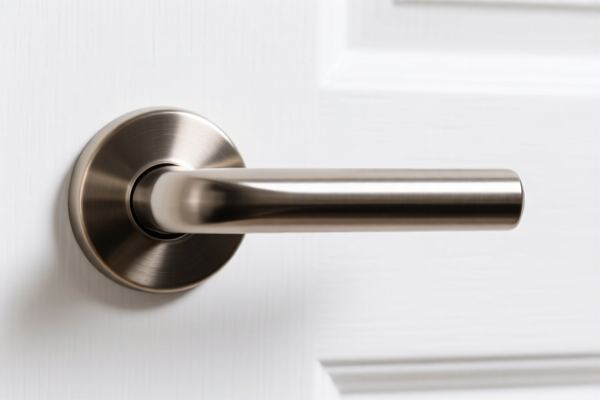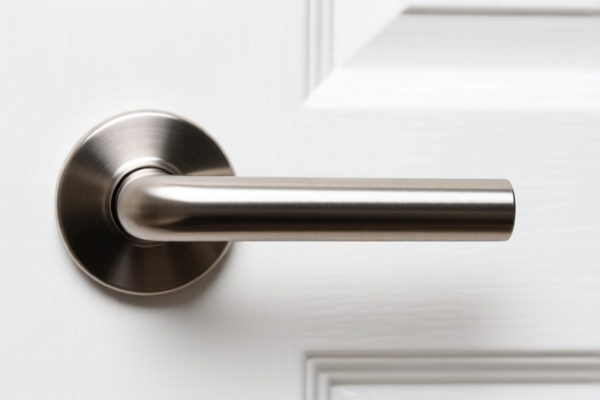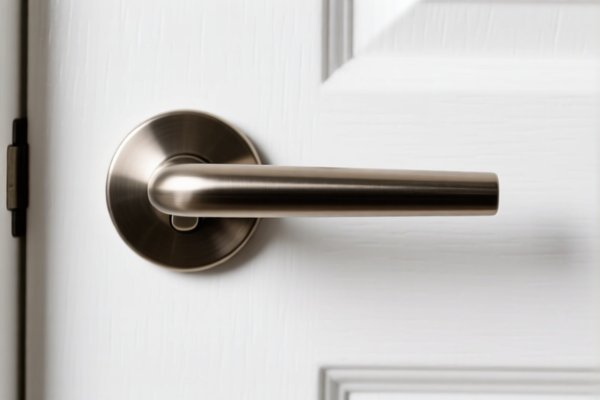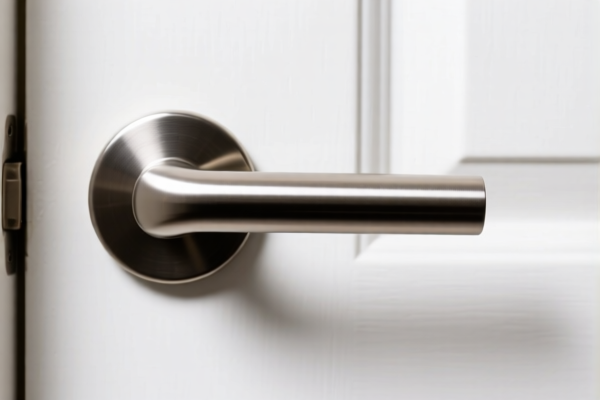| HS Code | Official Doc | Tariff Rate | Origin | Destination | Effective Date |
|---|---|---|---|---|---|
| 7006001000 | Doc | 63.8% | CN | US | 2025-05-12 |
| 7006004050 | Doc | 59.9% | CN | US | 2025-05-12 |
| 7003300000 | Doc | 61.3% | CN | US | 2025-05-12 |
| 7003190000 | Doc | 56.3% | CN | US | 2025-05-12 |
| 7020006000 | Doc | 60.0% | CN | US | 2025-05-12 |
| 7020003000 | Doc | 55.0% | CN | US | 2025-05-12 |
| 8301406030 | Doc | 43.2% | CN | US | 2025-05-12 |
| 8301406060 | Doc | 43.2% | CN | US | 2025-05-12 |
| 8302103000 | Doc | 64.5% | CN | US | 2025-05-12 |
| 8302106030 | Doc | 83.5% | CN | US | 2025-05-12 |
| 7418100002 | Doc | 40.5% | CN | US | 2025-05-12 |
| 7418100025 | Doc | 40.5% | CN | US | 2025-05-12 |
| 7419801700 | Doc | 58.0% | CN | US | 2025-05-12 |
| 7419800900 | Doc | 58.0% | CN | US | 2025-05-12 |
| 3926301000 | Doc | 44.0% | CN | US | 2025-05-12 |
| 3901909000 | Doc | 61.5% | CN | US | 2025-05-12 |
| 3901905501 | Doc | 61.5% | CN | US | 2025-05-12 |
| 3914006000 | Doc | 58.9% | CN | US | 2025-05-12 |
| 3914002000 | Doc | 55.0% | CN | US | 2025-05-12 |




Glass Door Hinge
A glass door hinge is a specialized type of hinge designed to support and facilitate the swinging motion of glass doors, typically used in commercial and residential settings. Unlike standard hinges designed for wood or metal frames, glass door hinges account for the fragility and weight of glass, requiring specific materials and designs to ensure secure and smooth operation.
Materials
- Stainless Steel: The most common material due to its corrosion resistance, durability, and aesthetic appeal. Grades 304 and 316 are frequently used, with 316 offering superior resistance to saltwater environments.
- Brass: Often used in decorative applications, offering a classic look. However, it's generally less durable than stainless steel and requires more maintenance.
- Aluminum: Lightweight and corrosion-resistant, suitable for interior applications where heavy-duty support isn't critical.
- Zinc Alloy: A cost-effective option, typically used for lighter-duty interior doors.
Purpose & Function
The primary function of a glass door hinge is to provide a pivot point for glass doors, allowing them to open and close while supporting the weight of the glass. Key functions include:
- Weight Support: Distributes the weight of the glass door evenly across the frame.
- Smooth Operation: Enables effortless opening and closing with minimal friction.
- Alignment: Maintains proper alignment of the door within the frame, preventing binding or uneven wear.
- Adjustability: Many hinges offer adjustment features to fine-tune door positioning and compensate for minor frame irregularities.
Usage Scenarios
- Commercial Buildings: Storefronts, offices, restaurants, hotels – frequently used in high-traffic areas.
- Residential Applications: Shower doors, patio doors, interior glass doors.
- Display Cases & Cabinets: Supporting glass panels in retail environments.
- Revolving Doors: Integral components of revolving door systems.
Common Types
- Pivot Hinges: These hinges consist of a top and bottom pivot point, offering a sleek, minimalist look and supporting heavier glass doors. Often used in frameless glass doors.
- European/Butt Hinges: Similar in appearance to standard hinges, but designed with specific features to accommodate glass. They typically have a wider leaf to distribute weight and require precise mortising into the glass and frame.
- Self-Closing Hinges: Incorporate a spring mechanism to automatically close the door after it is opened. Commonly used in shower doors and commercial settings.
- Floor Hinges: Mounted on the floor, providing a concealed pivot point. Suitable for heavy-duty applications and frameless glass doors.
- Patch Hinges: Surface-mounted hinges that attach to the glass door and frame without requiring mortising. Ideal for applications where mortising is not feasible or desired.
- Spring Hinges: Similar to self-closing hinges, but offer adjustable spring tension for varying door weights and closing speeds.
- Double Action Hinges: Allow the door to swing in both directions, often used in high-traffic areas where continuous passage is required.
Based on the material, use, and application scenarios, a glass door hinge is a fitting used to connect glass doors to frames, enabling opening and closing functionality. It is typically made of metal and suitable for both interior and exterior doors.
Here are the relevant HS codes found within the provided reference material:
-
8302103000: Base metal mountings, fittings and similar articles suitable for furniture, doors, staircases, windows, blinds, coachwork, saddlery, trunks, chests, caskets or the like; base metal hat racks, hat-pegs, brackets and similar fixtures; castors with mountings of base metal; automatic door closers of base metal; and base metal parts thereof: Hinges, and parts thereof: Of iron or steel, of aluminum or of zinc: Designed for motor vehicles.
- 83: Base metal mountings, fittings and similar articles. This chapter covers a wide range of metal hardware used for various applications.
- 02: Hinges, and parts thereof. This heading specifically focuses on hinges and their components.
- 10: Of iron or steel, of aluminum or of zinc. This subheading indicates the material composition of the hinges.
- 30: Designed for motor vehicles. This further specifies the application of the hinges to motor vehicles.
-
8302106030: Base metal mountings, fittings and similar articles suitable for furniture, doors, staircases, windows, blinds, coachwork, saddlery, trunks, chests, caskets or the like; base metal hat racks, hat-pegs, brackets and similar fixtures; castors with mountings of base metal; automatic door closers of base metal; and base metal parts thereof: Hinges, and parts thereof: Of iron or steel, of aluminum or of zinc: Other Suitable for interior and exterior doors (except garage, overhead or sliding doors).
- 83: Base metal mountings, fittings and similar articles.
- 02: Hinges, and parts thereof.
- 10: Of iron or steel, of aluminum or of zinc.
- 60: Other. This indicates hinges not specifically designed for motor vehicles.
- 30: Suitable for interior and exterior doors (except garage, overhead or sliding doors). This further specifies the application of the hinges.
Regarding HS code 8302103000 and 8302106030, please note the material composition (iron, steel, aluminum, or zinc) is a key factor in determining the correct classification. Additionally, the intended application (motor vehicles vs. interior/exterior doors) is crucial.
It is important to verify the material of the glass door hinge to ensure accurate classification.
Customer Reviews
No reviews yet.